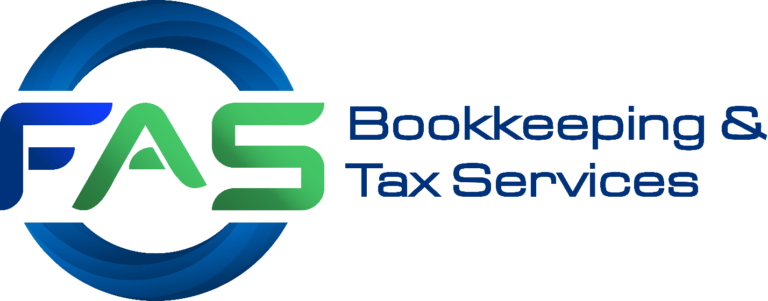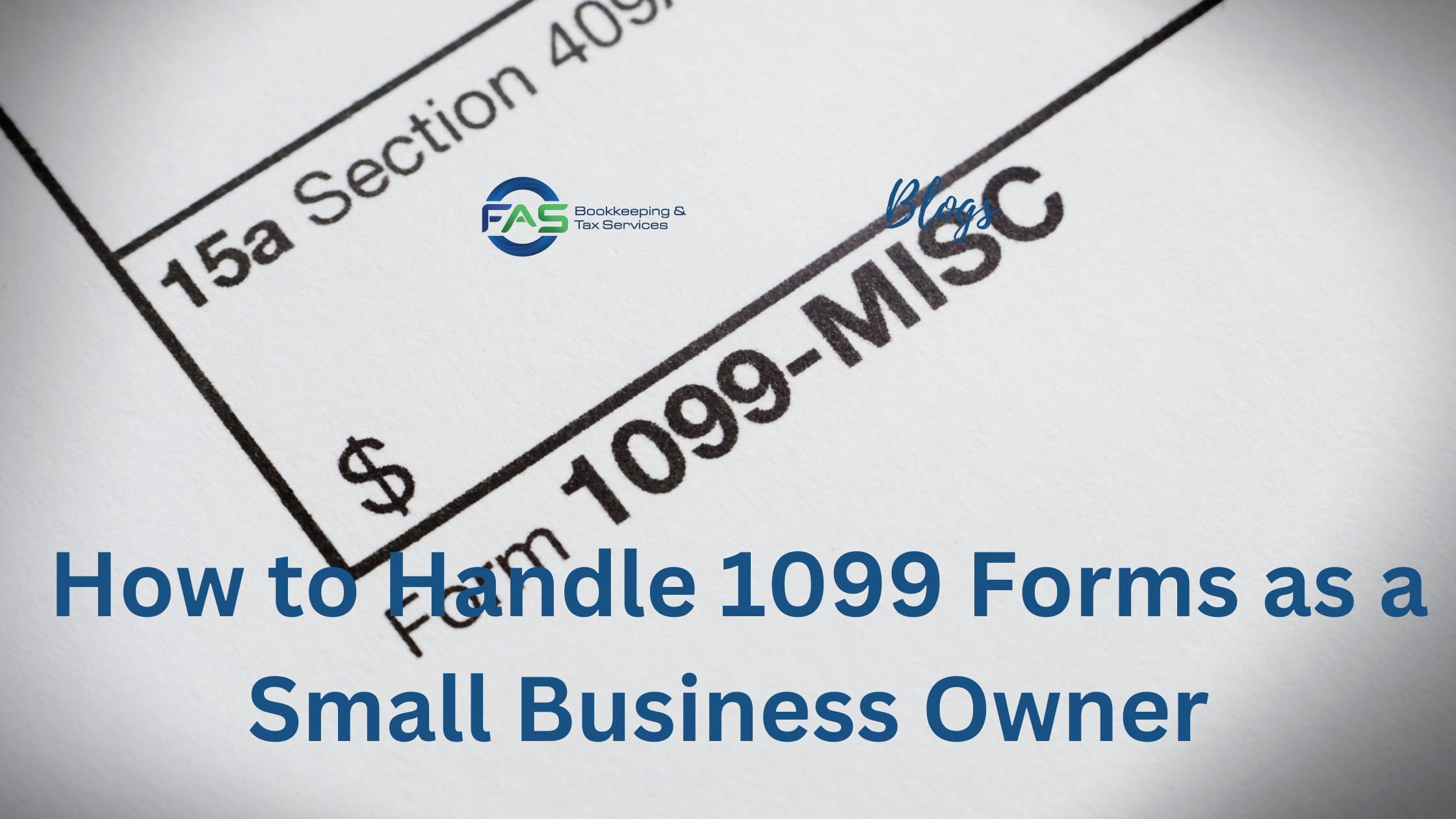Cash Flow Management tips and tricks
As a business owner, you know that cash flow is the lifeblood of your business. But it’s so much more than that: it’s the difference between succeeding and failing in business. That might sound extreme, but it’s true. After all, if you find yourself unable to pay your bills or employees, then you’re out of business—even if you’ve got incredible products and customers that love you. So while it’s important to keep an eye on every aspect of running your business, make sure to never lose sight of your cash flow.
Cash Flow Definition
It’s like breathing. In… and out.
Cash flow, simply defined, is the movement of money into your business (that’s called inflow) and the movement of money out of your business (that’s called outflow).
Cash inflows can come from sales of goods or services to customers, but it only counts as an inflow when we collect cash from the sale. It’s the actual money that matters! Other examples of cash inflows are borrowed funds, income derived from sales of assets, and investment income from interest.
On the other spectrum is the Cash outflow. Cash outflows are the business expenses that you pay by giving up cash. Examples of cash outflows include paying employee wages, purchasing inventory or raw materials, purchasing fixed assets, and paying back loans.
An experienced Bookkeeper and Enrolled Agent can help you understand and see your cash flow statement.
Cash flow management tips and tricks #1:
 Profit vs. Cash Flow – Know the difference between
Profit vs. Cash Flow – Know the difference between
Profit and cash flow are different concepts. Profit is income minus expenses over a certain period of time. Cash flow is the actual amount of money flowing in and out of your business on a day-to-day basis.
Cash flow, on the other hand, looks at a business’s inflows and outflows of cash over time. This is more of an operational figure—it helps you understand how your business is actually functioning, giving you insight into whether or not you have enough money to pay your bills and when you can expect to receive payment for your services.
Both profit and cash flow are important figures for understanding your business’s financial health, but they represent entirely different aspects of that health.
It seems pretty intuitive that a company that is not profitable can go bankrupt, but what about a company that is profitable? Is it possible for a company to go bankrupt even though it’s making money?
In theory, this is possible. It would take a lot of negligence and total disregard for cash flow—but it is possible. If you’re making money but spending more than you have on hand, you could end up with no assets or negative equity.
A cash flow gap caused by slow payment cycles can cause problems for your business, including missed profit opportunities, damaged credit ratings, and the need to take out loans and create debt. If you continue to make these mistakes, you may go bankrupt.
Cash flow management tips and tricks #2
Analyze your Cash Flow
 Learning how to manage your cash flow can help you survive difficult business climates and protect your company’s short-term financial reputation.
Learning how to manage your cash flow can help you survive difficult business climates and protect your company’s short-term financial reputation.
To get a handle on your company’s cash flow, you must analyze the components that affect its inflow and outflow. A thorough examination of these factors will reveal problem areas that lead to cash flow gaps in your business. Narrowing–or better yet, closing–these gaps is the key to cash flow management.
Here are the most important cash flow components that you should examine:
-
Credit Terms
Your credit terms are the time limits you set for your customers’ promise to pay for their purchases. The credit terms you choose will affect the timing of your cash inflows, which can have a major effect on your business’s cash flow. A simple way to improve cash flow is to get customers to pay their bills more quickly so that the money you have coming in isn’t stuck waiting around for customers who may or may not pay.
-
Accounts Receivable
Accounts receivable represent sales that have not yet been collected in the form of cash. An accounts receivable balance sheet is created when you sell something to a customer in return for his or her promise to pay at a later date. The longer it takes for your customers to pay on their accounts, the more negative the effect on your cash flow.
For example, let’s say you sell a set of golf clubs to a customer who promises to pay in 30 days. You record the sale on your revenue statement and then create an account receivable entry on your balance sheet under assets. If the customer pays in full within 30 days, you can remove the entry from your balance sheet and replace it with an entry on your cash flow statement under cash from operations.
However, if your customer does not pay as promised, you will have an overdue account receivable entry on your balance sheet that is adversely affecting your cash flow. To make matters worse, if the customer does not have enough money to settle this debt, you may decide not to extend further credit to them until they are able to pay off their existing debt. Even if they do eventually settle their debt with you, by that time you may have lost other potential business from other customers who would otherwise have dealt with.
-
Inventory
Inventory is just a fancy word for the extra merchandise or supplies your business keeps on hand to meet the demands of customers. It’s important to keep this stuff on hand, but it can hurt your cash flow if you have too much of it.
See, when you buy inventory, you’re using up money that could be used for other cash outflows—like paying off loans and investing in your business. If you have too much inventory on hand, it’s sitting in your warehouse or cupboard and not being turned into profits. This is why it’s important to keep your inventory as low as possible.
The best way to make sure your inventory isn’t excessive is to estimate how much you think you’ll sell each month and always leave room for error by rounding down. For example, if you sell 10 units of a product each month, get 10 units of inventory so that at least one unit will hopefully be sold before your next order!
-
Credit Policy
A credit policy is what you use to decide to extend credit to a customer. The correct credit policy—neither too strict nor too generous—is vital for a healthy business cash flow.
A good credit policy makes it clear to who your company will extend credit, and how much. That helps you avoid giving away too much product without getting paid, which can lead to financial instability for your business and even bankruptcy. At the same time, you don’t want your credit policy to be so strict that it drives away potential customers who need credit to make a purchase.
When there is no clear or consistent credit policy, you risk losing money by extending credit to customers who can’t and won’t pay you back, or who will only pay after a long struggle. When that happens, your company’s ability to get new inventory can be affected because suppliers will not want to work with businesses that do not pay on time.
If your current procedures are not working well enough, it’s time to re-evaluate your credit policy. Start by identifying the reasons why some customers are unable or unwilling to pay on time. You may find that certain customers should never have been extended credit in the first place.
-
Accounts Payable
Accounts payable are the amounts that you owe to your suppliers but are not due for payment until 30 to 90 days out. If you didn’t have accounts payable and trade credit, you would have to pay for your goods and services immediately upon purchase, which could damage your cash flow.
To make sure that you are managing your cash flow optimally, examine how much you owe when it is due, and when you need to order more products. Determine if there are ways to improve the timing of your purchases and payments.
Bottomline
Even with all of these cash flow management tips and tricks, some cash flow gaps are created deliberately by a business. For example, it buys extra inventory because it wants to take advantage of quantity discounts or spend extra cash on a business expansion.
Other companies may have unavoidable revenue and cash flow gaps. For example, a company involved in seasonal business may have revenue and cash flow gaps during the low season and then cash surpluses during the peak season. To deal with these gaps, some companies seek outside financing. One of the options is to use a revolving line of credit to cover the gaps.
To keep your business healthy, closely monitor your cash flow. The first sign of trouble appears in your cash flow statement—giving you time to plan a strategy before the problem gets too big. Do this on a regular basis and you can head off potential problems before they become major issues. Moreover, when you carefully manage your resources, you’ll be able to take advantage of opportunities that may arise.
If you want to stay on top of your cash flow, get in touch with your bookkeeper and Enrolled Agent. Don’t have one? Well, you’re in luck! Our experienced Bookkeepers and Enrolled Agent can help you out in a jiffy!





